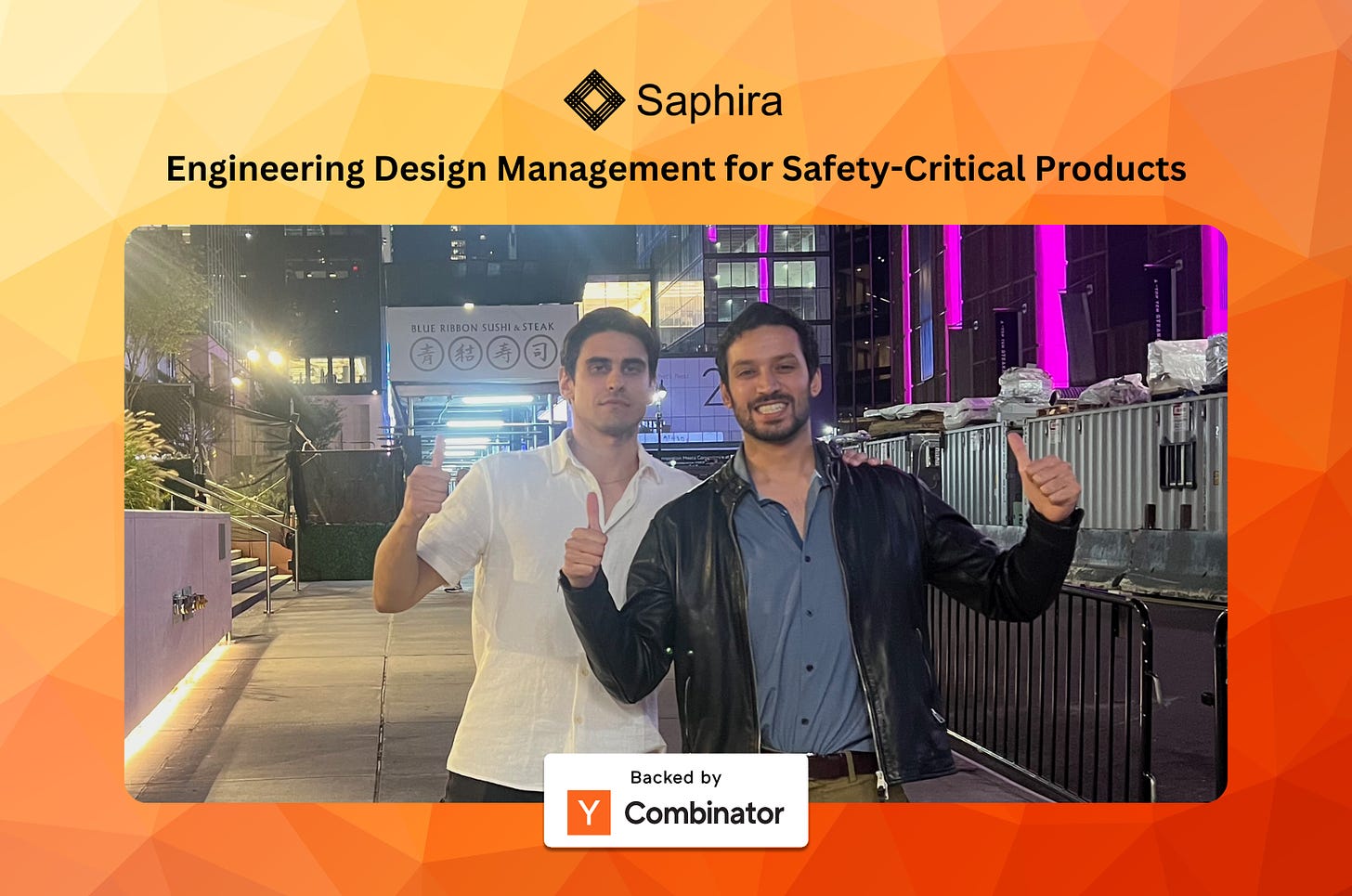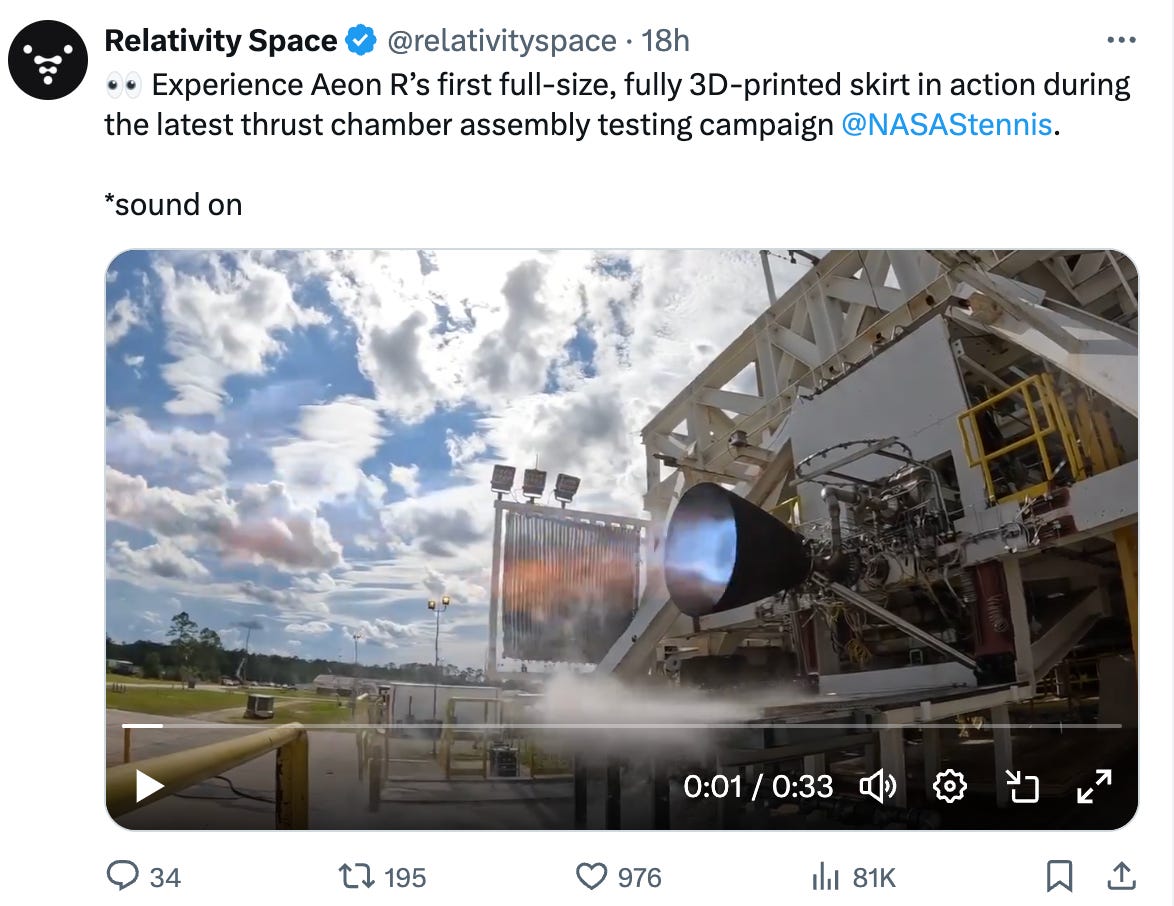What I read this week...
It's been a tough week in space: SpaceX's Falcon 9 ended its perfect streak, Boeing's Starliner faces ISS delays, and China plans an asteroid defense mission, highlighting the challenges of space.
This week's newsletter is brought to you by saphira.ai: solutions to simplify safety and reliability compliance.
TLDR
China has unveiled plans for a planetary defense mission to intercept and deflect a potentially hazardous asteroid by 2025. How will this mission work? The plan involves launching a kinetic impactor designed to collide with the asteroid and alter its trajectory. This test will help develop the technology needed to protect Earth from future asteroid threats. By pioneering such an ambitious project, China aims to contribute significantly to global efforts in space defense and demonstrate its growing capabilities in space exploration.
SpaceX's Falcon 9 rocket has experienced a setback, breaking its streak of 207 consecutive successful missions. What happened during this mission? An anomaly occurred during the second stage of the rocket, preventing it from delivering its payload. Despite this incident, Falcon 9's history of reliability and success underscores its role as a cornerstone of space transportation. SpaceX will analyze the failure to enhance the rocket's performance and maintain its leadership in the aerospace industry.
Astronauts aboard Boeing's Starliner might extend their stay on the International Space Station (ISS) until August 2024. Why the potential extension? Ongoing technical issues with the Starliner spacecraft necessitate additional time for troubleshooting and ensuring a safe return. This situation highlights the complexities of space missions and the importance of rigorous safety protocols. The collaboration between NASA, Boeing, and international partners aims to resolve these challenges and secure the astronauts' safe journey back to Earth.
Technical Deep Dive: M1D Engine
The M1D engine, crucial to SpaceX's Falcon 9 and Falcon Heavy rockets, is a staged combustion engine using RP-1 (refined kerosene) and liquid oxygen (LOX). This design ensures high performance and efficiency, making it a cornerstone of SpaceX's propulsion systems.
How the M1D Engine Works
Preburner: Combines a small amount of RP-1 and LOX to create hot gas.
Turbopumps: Driven by the hot gas, these pumps deliver high-pressure RP-1 and LOX to the main combustion chamber.
Main Combustion Chamber: Burns the bulk of the RP-1 and LOX, producing high-pressure gas expelled through the nozzle to generate thrust.
Key Features
High Thrust: Produces about 845 kN (190,000 lbf) in a vacuum.
Thrust Vector Control (TVC): Allows precise control of the rocket's flight path.
Regenerative Cooling: Circulates cryogenic propellants through engine walls to maintain optimal temperatures.
Reusability: Engine can be restarted and reused, significantly reducing space travel costs.
Evolution of the Merlin Engine
The M1D is the latest iteration in the evolution of the Merlin engine series. Starting with the Merlin 1A, each version has seen improvements in thrust, efficiency, and reliability. The M1D, specifically designed for the Falcon 9 v1.1 and v1.2, boasts a vacuum thrust of 205,500 lbf and a chamber pressure of 9.72 MPa. These advancements have been pivotal in increasing the payload capacity and reducing the cost per launch.
Deal Flow
CesiumAstro pockets $65M in Series B funding for advanced satellite communication systems (Payload Space)
Alpine Space Ventures closes €170M fund to invest in space technology startups (Payload Space)
Microsoft leads $40M funding round for Starlink networking startup Albedo (SpaceNews)
D-Orbit forms U.S. venture to pursue satellite manufacturing and services (SpaceNews)
Booz Allen Ventures invests in space tech startup Quindar to enhance satellite operations (SpaceNews)
About Saphira.ai
Saphira is a Y Combinator-backed software tool to define and monitor hardware throughout development. Engineers use it to organize design information that otherwise gets buried in piles of documents, pre-emptively understand when subsystem changes break end-to-end safety scenarios and ultimately deliver safer, higher-quality hardware more quickly. Learn more here.












